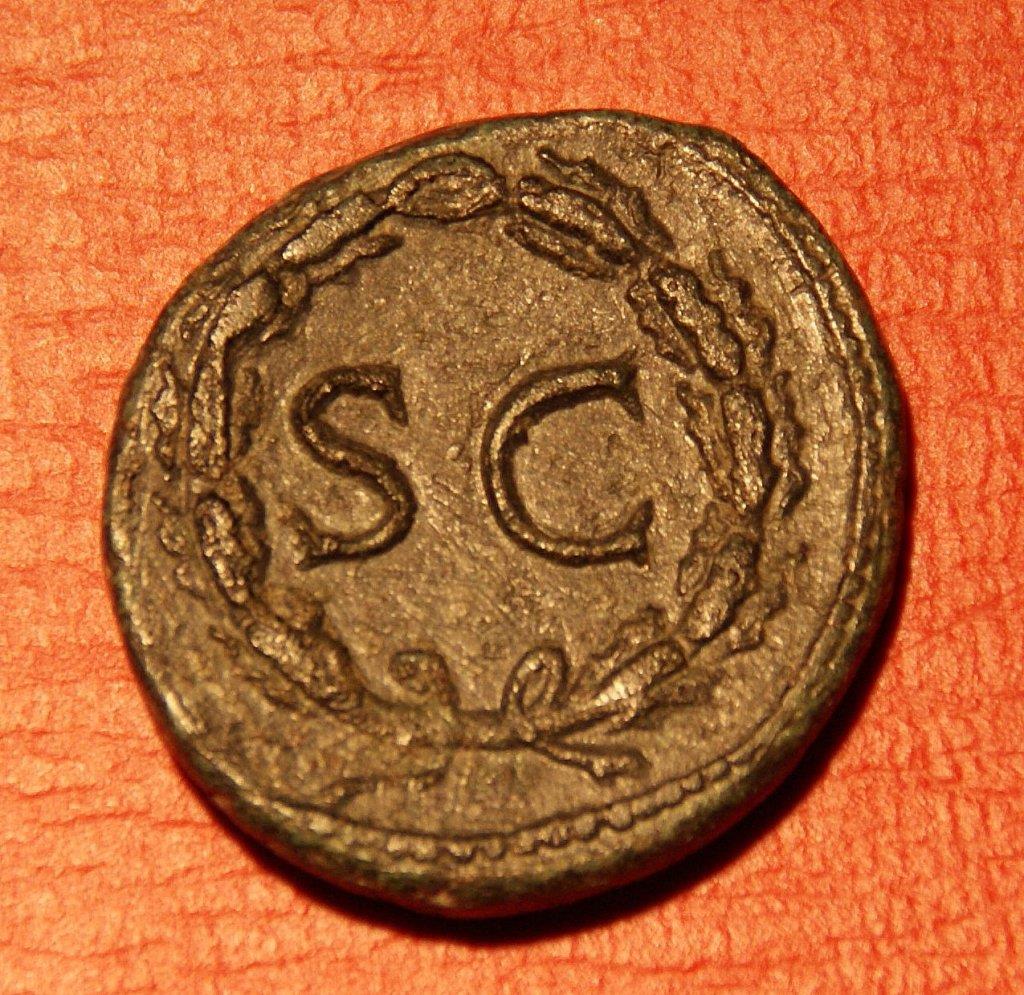- Joined
- Apr 22, 2013
- Messages
- 174
- Reaction score
- 164
Hi,
just a little post to explain how to clean a very, very, very old coin, and it works for any old coin that is pre-WWII (it's just it takes so long I just did that for antique and valuable ones).
First of all, avoid acids and corrosive liquids, it can clean quicly, but it destroys also a lot, and specially the patina, which is highly valued on old coins.
Secondarly, specially on old antique coins, but also on some coppers from the 18.., water and oil do no good.
So first rule: avoid liquids.
Usualy, coins or old artefacts are full of dirt, which can be very hard and sometime glued to the object (it was like a layer of cement on the coin below).
A first dry clean with a used toothbruch or a paintbrush should help you do a rough clean and figure out what is the coin.
It is very usefull to identify what is the coin, so you know where to clean, where you can insist or where should go gently.
The ultimate tools to do real cleaning are:
- PATIENCE
- a steel needle, than you sharpen on a stone when needed
- a binocular magnifier like this (10 and 20x magnification are perfect)
Once the coin is cleaned with the needle and the magnifier (took more than 2 hours on the one below), you can then apply bee wax, uncolor.
Somethimes, to sharpen the edges and the writtings, I rub the coin a cloth that I used to wax my black shoes, it gives a slight black shadows on the writtings.
Here is an example with this as from Hadrian (around 120AC), found last year in a wineyard in the south of France:




just a little post to explain how to clean a very, very, very old coin, and it works for any old coin that is pre-WWII (it's just it takes so long I just did that for antique and valuable ones).
First of all, avoid acids and corrosive liquids, it can clean quicly, but it destroys also a lot, and specially the patina, which is highly valued on old coins.
Secondarly, specially on old antique coins, but also on some coppers from the 18.., water and oil do no good.
So first rule: avoid liquids.
Usualy, coins or old artefacts are full of dirt, which can be very hard and sometime glued to the object (it was like a layer of cement on the coin below).
A first dry clean with a used toothbruch or a paintbrush should help you do a rough clean and figure out what is the coin.
It is very usefull to identify what is the coin, so you know where to clean, where you can insist or where should go gently.
The ultimate tools to do real cleaning are:
- PATIENCE
- a steel needle, than you sharpen on a stone when needed
- a binocular magnifier like this (10 and 20x magnification are perfect)
Once the coin is cleaned with the needle and the magnifier (took more than 2 hours on the one below), you can then apply bee wax, uncolor.
Somethimes, to sharpen the edges and the writtings, I rub the coin a cloth that I used to wax my black shoes, it gives a slight black shadows on the writtings.
Here is an example with this as from Hadrian (around 120AC), found last year in a wineyard in the south of France:







